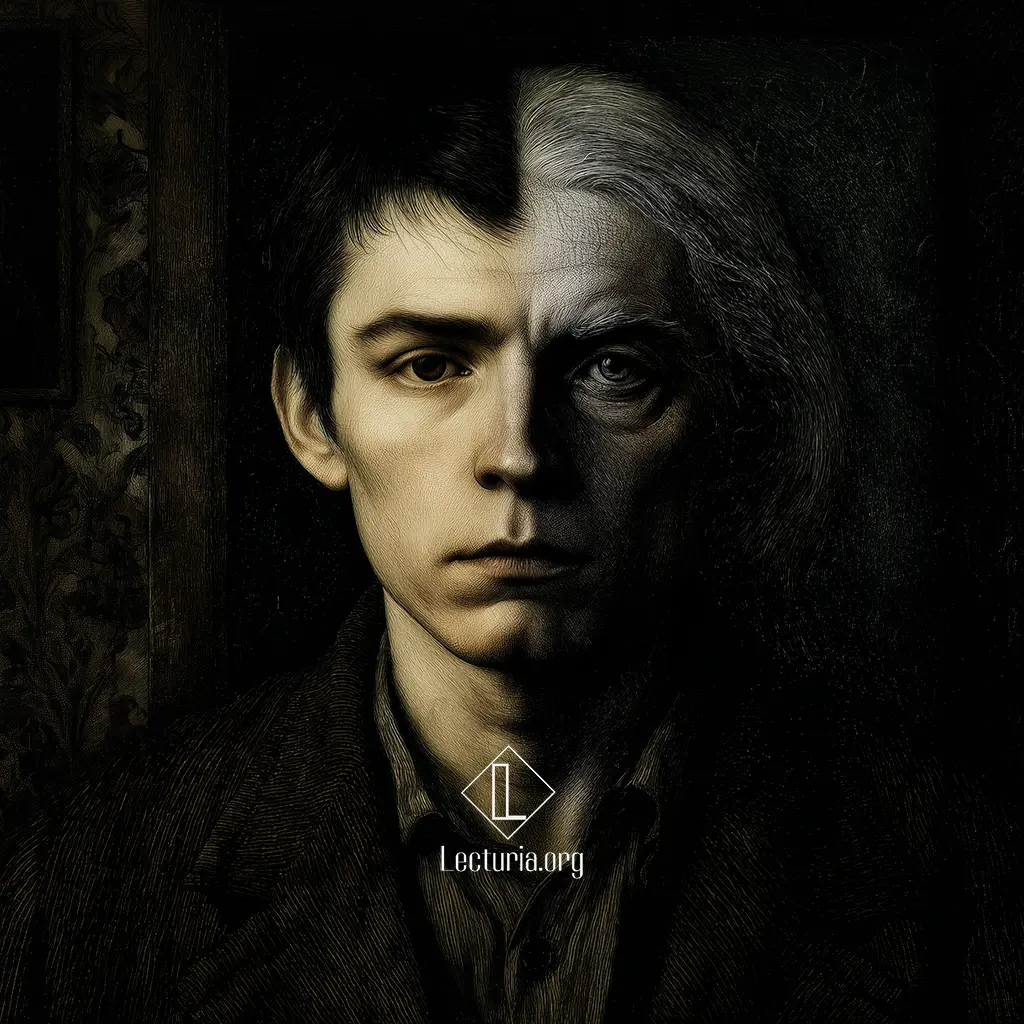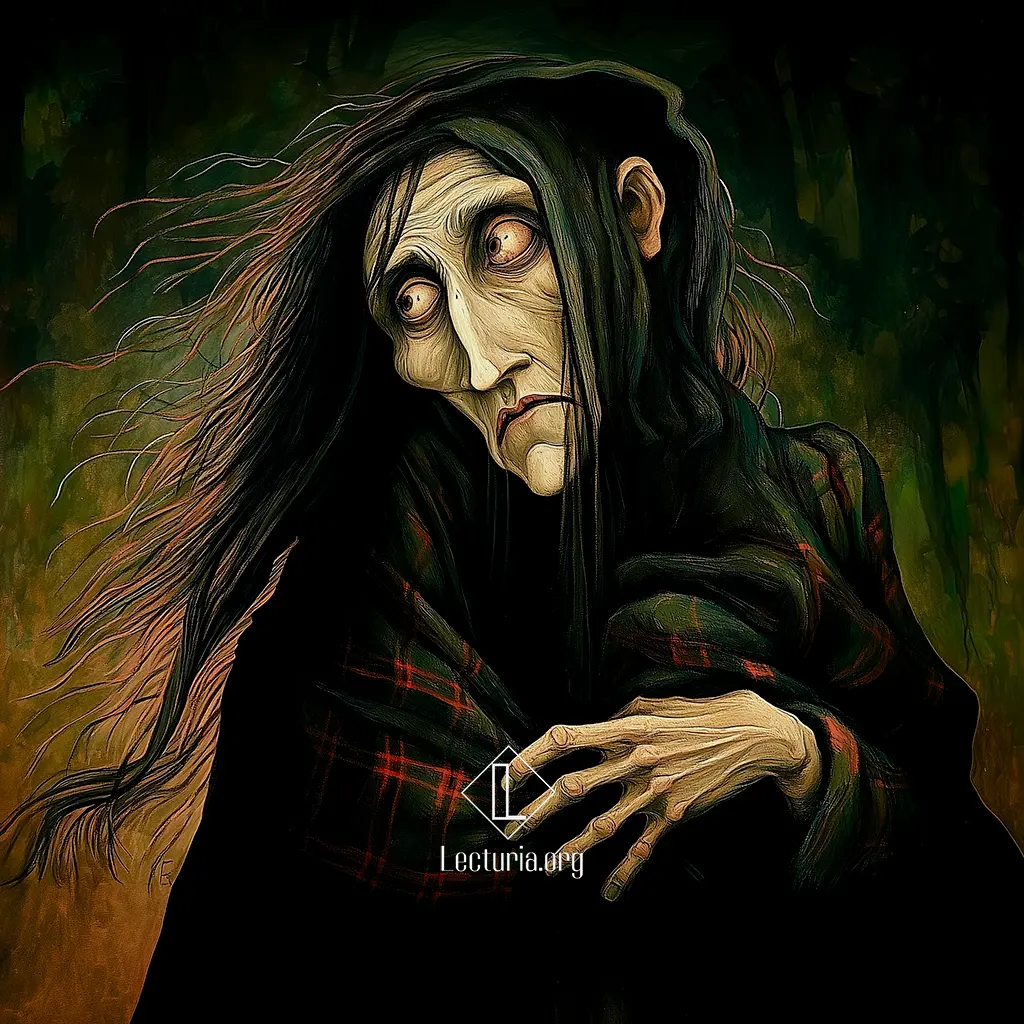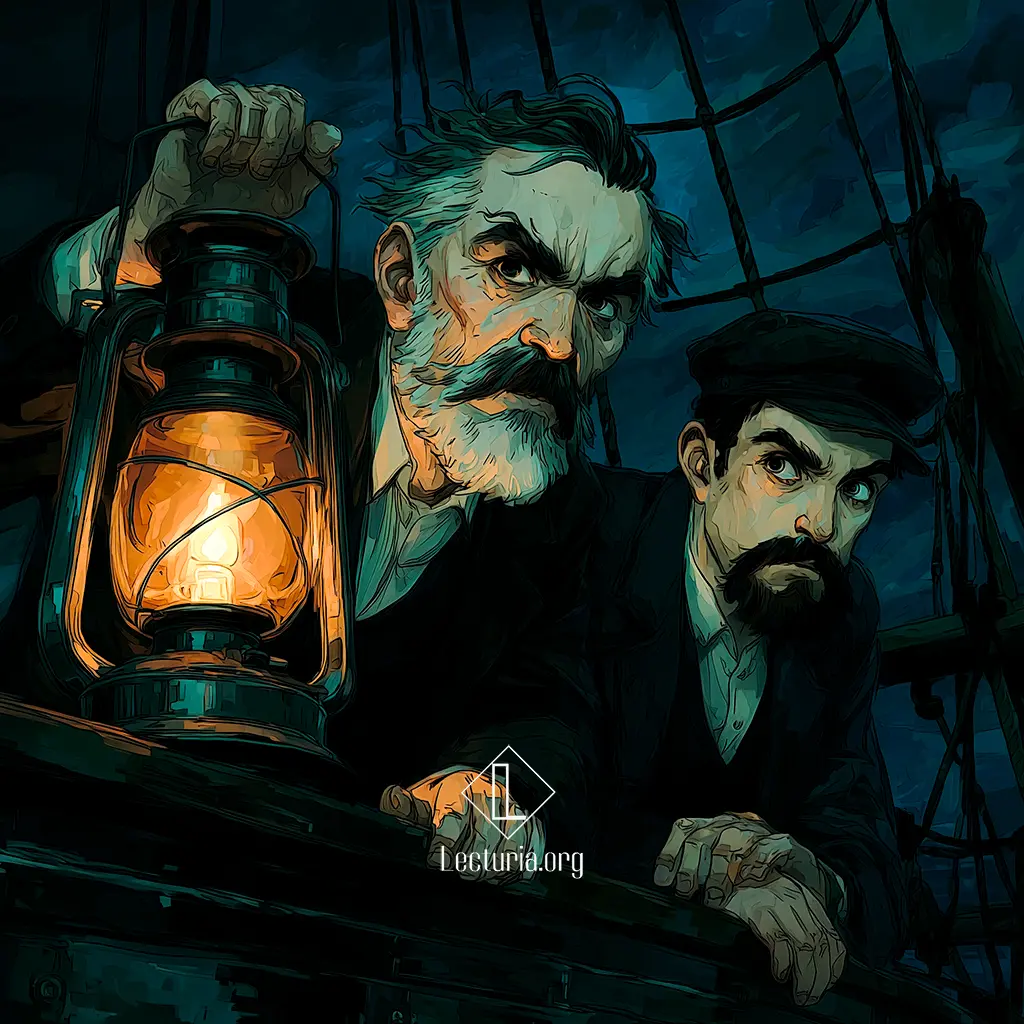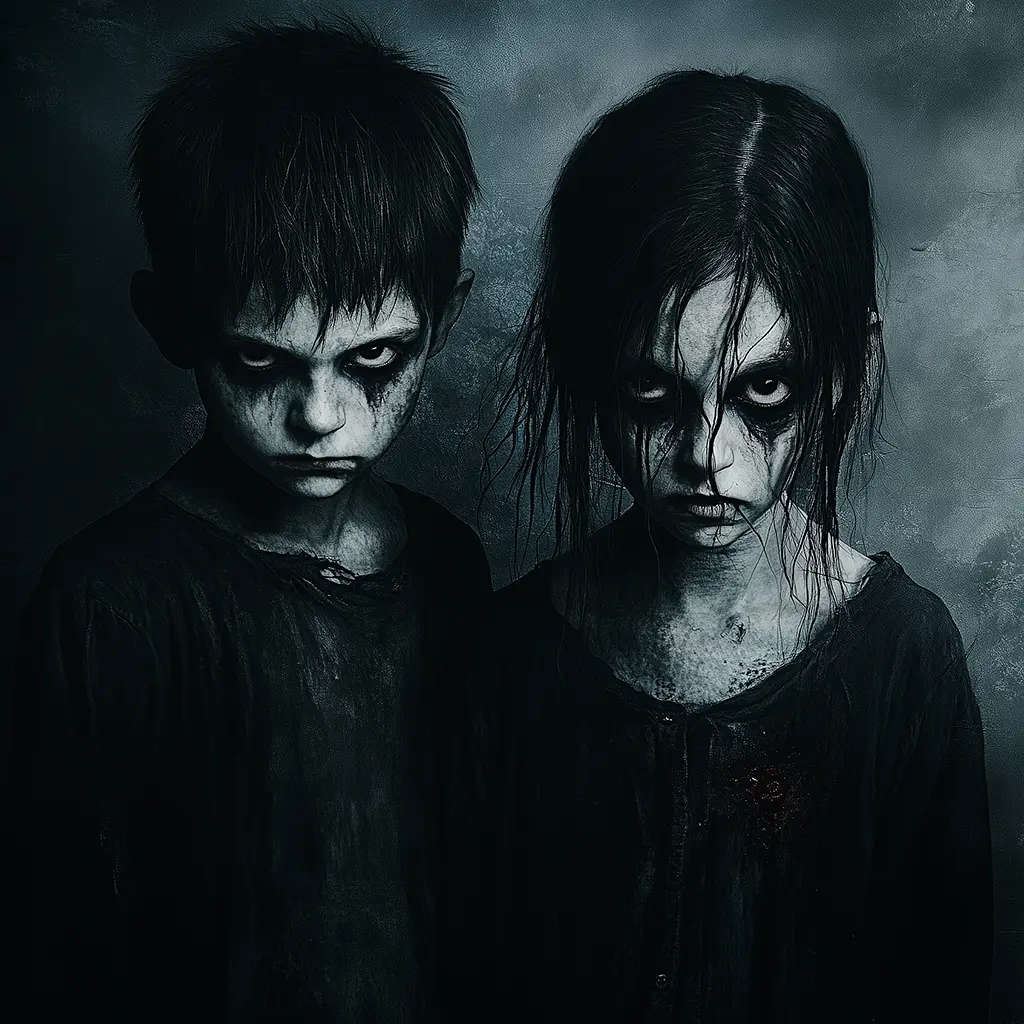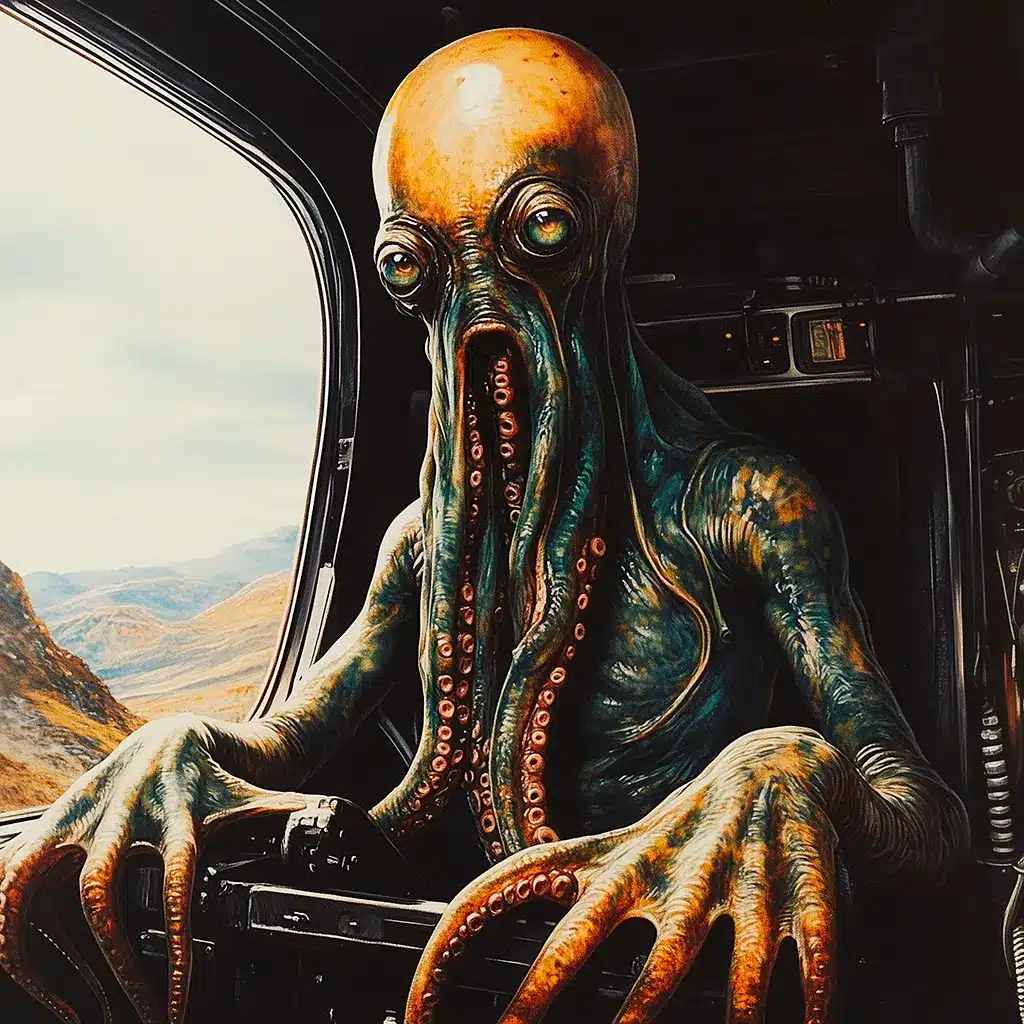H. G. Wells: The Story of the Late Mr. Elvesham
“The Story of the Late Mr. Elvesham” is a short story by H. G. Wells, first published in May 1896 in The Idler magazine. Edward Eden, a young medical student, is approached in the street by an elderly stranger who invites him to lunch and proposes making him his heir. Intrigued and tempted by the offer, Eden agrees to undergo a series of medical examinations the old man requires as a condition for sealing the deal. What seems like a providential opportunity soon turns into the threshold of a disturbing fate.
